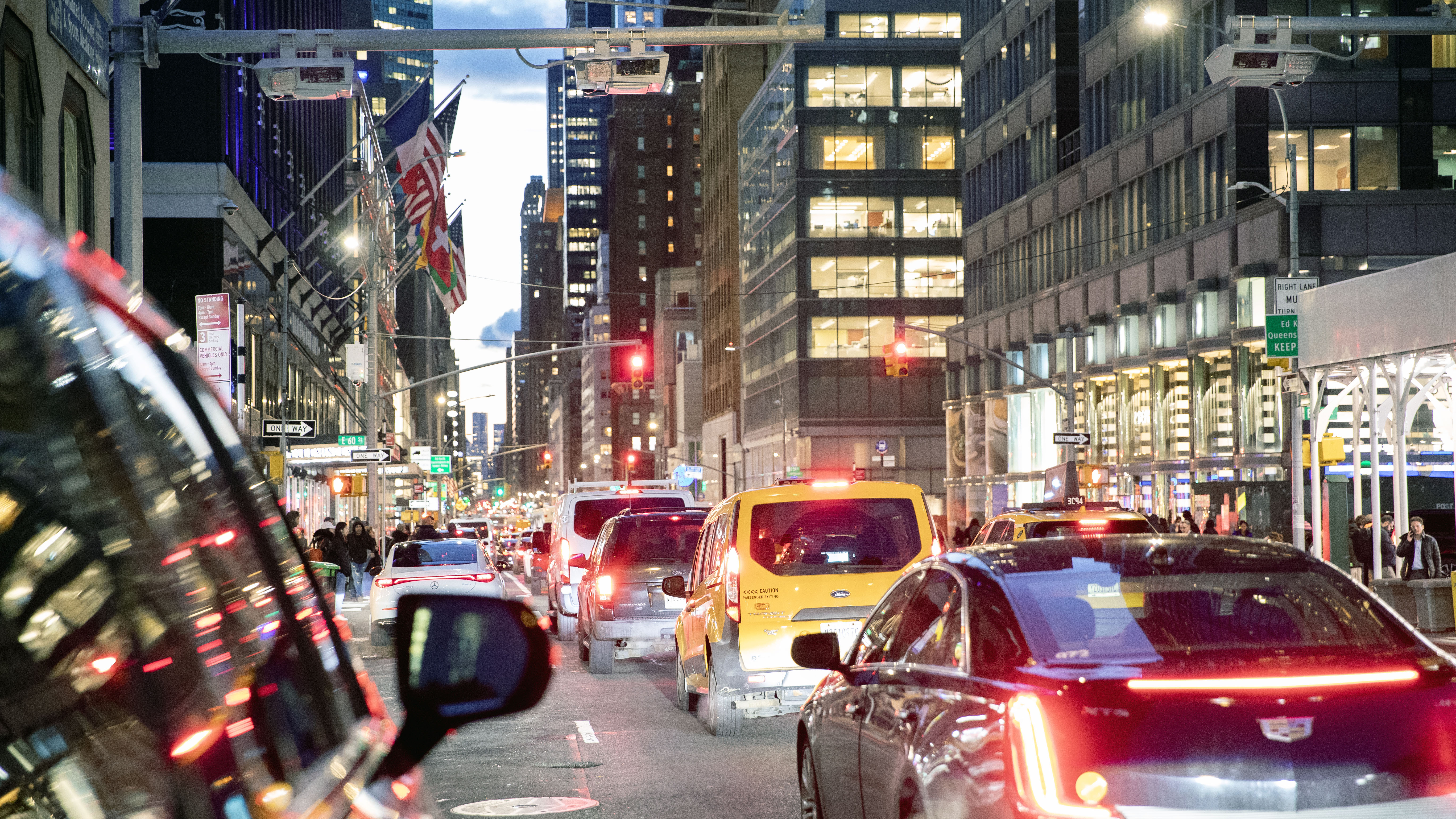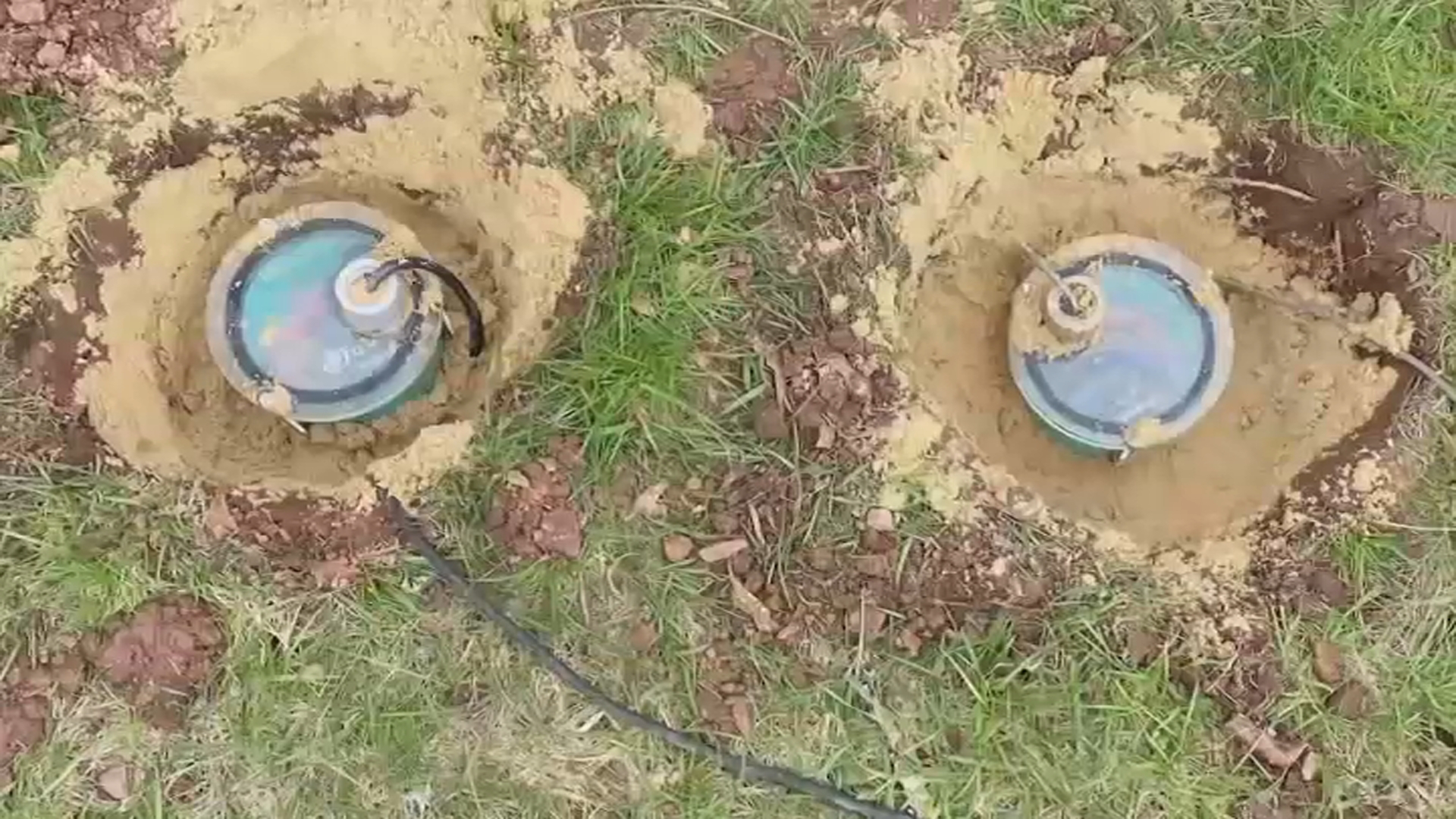New seat belt technology designed to promote driver and passenger safety that has been credited with saving lives may also be to blame for several severe injuries, an I-Team investigation has found.
Experts say that until a few years ago, car seat belts would catch during crashes, keeping the occupants close to their seats, far from the steering wheel or dashboard. The taut seat belts could break ribs or damage internal organs during serious crashes, though, so manufacturers modified the technology.
The seat belts in all newer cars slacken -- or spool out -- on impact, leaving it to airbags to mitigate the blow. Studies show that in most cases, the new technology saves lives.
But if the airbag fails, or the car is hit at an angle, the consequences can be tragic.
About five years ago, John Cancelleri was hit by an oncoming car while running errands in his neighborhood. The airbag on his Mercury Sable failed, and though he was wearing his seat belt, he lurched forward far enough that his head hit the windshield, according to court papers.
Before the accident, Cancelleri spent his days going on outings with his wife and tending to his garden, according to his wife, Rosetta Cancelleri. He hasn't been able to walk since the crash. In recent weeks, one of his legs was amputated below the knee because of blood clots.
Experts say Cancelleri's seat belt didn't hold him in his seat because of the new spooling seat belts, which use technology called "load limiters."
Local
"He got too much play, too much spool out of the seat belt," said his lawyer, Bruce Zero, who represented Cancelleri in a lawsuit against Ford along with his law partner James Mundy.
Don Phillips, an auto safety expert who testified in Cancelleri’s case against Ford, said there could be better ways for seat belts to work. There should be a limit to how far a person can lurch forward, he said, and belts should be designed so that the release slows down as it progresses.
“We need to redesign that system a little bit,” Phillips said.
The National Highway Traffic Safety Administration echoes what most studies have found -- that advanced seat belt technology has saved lives overall. But the agency says it is still researching improvements, especially when it comes to crashes that are not head on.
Likewise, the Insurance Institute for Highway Safety said that while spooling seat belts are generally a good idea, “there does appear to be a trade-off.”
“While some injuries are prevented, the load limiters may be allowing injuries to occur in some kinds of crashes,” a spokesman for the nonprofit group said in a statement.
A jury awarded John and Rosetta Cancelleri $5.9 million in the case against Ford, with a judge’s opinion citing the failure of the airbag and the restraint system.
A spokeswoman for Ford said the company is appealing on a number of procedural and substantive grounds. In the meantime, the jury's award to the Cancelleris is stalled pending the appeal.
“I don’t know where we’re going from here,” Rosetta Cancelleri said of her husband's struggles in a video her lawyers made before the trial. “It’s all up to God. If God wants him to be here yet, then we have a long road to go.”



